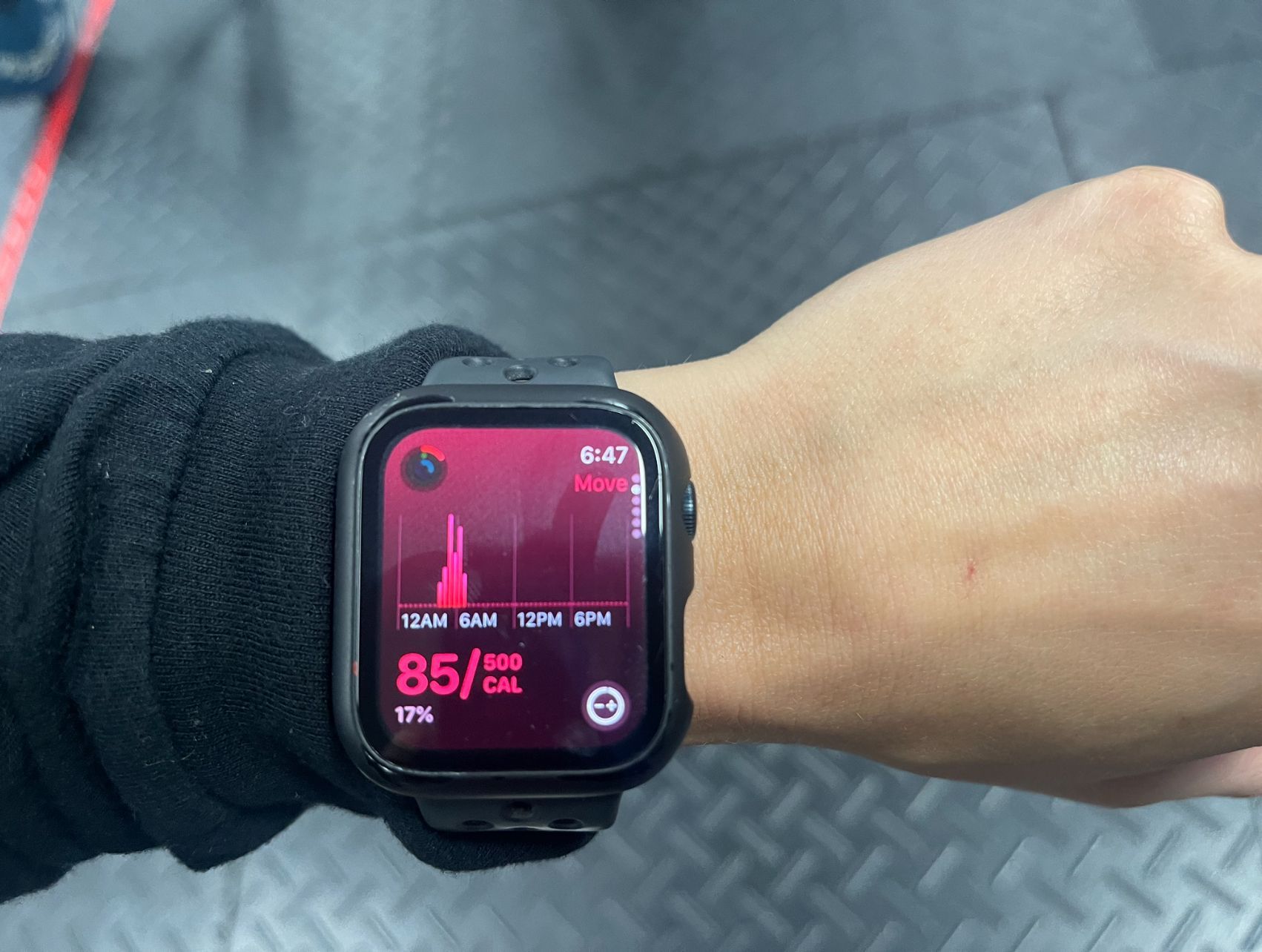Three Ways to Avoid Overeating at Meals

Sometimes those holiday feasts are just amazing. And it’s not just the abundance of delicious food, but also the people, the decorations, and the ambiance. Let’s get right down to it, and talk about how to avoid overeating.
It is way too easy (and common) to indulge on those days. But it doesn’t always stop there. Sometimes we overeat on regular days. Or at regular meals. Or All. The. Time.
Here are three tips on how to avoid overeating at meals.
(Psst, turn these into habits, and ditch the willpower!)
Tip #1: Start with some water
When your stomach is growling and you smell amazingly delicious food, it’s too easy to fill a plate (or grab some samples with your bare hands), and dive into the food.
But, did you know that it’s possible to sometimes confuse the feeling of thirst with that of hunger? Your stomach may actually be craving a big glass of water rather than a feast!
Some studies have shown that drinking a glass or two of water before a meal can help reduce the amount of food eaten. This super-simple tip may even help with weight loss (…just sayin’).
Not only will the water start to fill up your stomach before you get to the buffet, leaving less room for the feast, but drinking enough water has been shown to slightly increase your metabolism.
Win-win!
Tip #2: Try eating “mindfully”
You’ve heard of mindfulness , but have you applied that to your eating habits?
This can totally help you avoid overeating, as well as having the added bonus of helping your digestion.
Just as being mindful when you meditate helps to focus your attention on your breathing and the present moment, being mindful when you eat helps to focus your attention on your meal.
Do this by taking smaller bites, eating more slowly, chewing more thoroughly, and savoring every mouthful. Notice and appreciate the smell, taste, and texture. Breathe.
This can help prevent overeating, because eating slower often means eating less.
When you eat quickly, you can easily overeat because it takes about 20 minutes for your brain to know that your stomach is full. So take your time, pay attention to your food, and enjoy every bite.
Bonus points: Eat at a table (not in front of the screen), off of a small plate, and put your fork down between bites.
Tip #3: Start with the salad
You may be yearning for that rich, creamy main dish. But don’t start there.
(Don’t worry, you can have some…just after you’ve eaten your salad).
Veggies are a great way to start any meal because they’re full of not only vitamins, minerals, antioxidants , and health-promoting phytochemicals, but they also have some secret satiety weapons: fiber and water.
Fiber and water are known to help fill you up, and make you feel fuller. They’re “satiating”. And these secret weapons are great to have on your side when you’re about to indulge in a large meal.
Summary:
Have your glass of water, eat mindfully, and start with your salad. These are a few tips in how to avoid overeating at meals.
Recipe (Water): Tasty (and beautiful) Pre-Meal Water Ideas
If you’re not much of a plain water drinker, or need your water to be more appealing to your senses, here are five delicious (and beautiful looking) fruit combos to add to your large glass of water:
- Slices of lemon & ginger
- Slices of strawberries & orange
- Chopped pineapple & mango
- Slices of apple & a cinnamon stick
- Blueberries & raspberries
Tip: You can buy a bag (or several bags) of frozen chopped fruit, and throw those into your cup, thermos, or uber cool mason jar in the morning. They’re already washed and cut, and will help keep your water colder longer.
References:
The post Three Ways to Avoid Overeating at Meals appeared first on No Limits Fitness.
About No Limits
No Limits Fitness provides step-by-step programs to help busy adults get the body they’ve always wanted, without restrictive diets or time-consuming workouts, so they can lead more fulfilling lives. Life is a much better experience in a strong, healthy body!
Recent Posts



Luci
Doug
Tasha
No Limits Fitness helps busy professionals lose weight, get stronger and have more energy so they can lead the lives of their dreams...even if they've tried before and failed.
SERVICES
CONTACT INFORMATION
All Rights Reserved | No Limits Fitness | Privacy Policy
